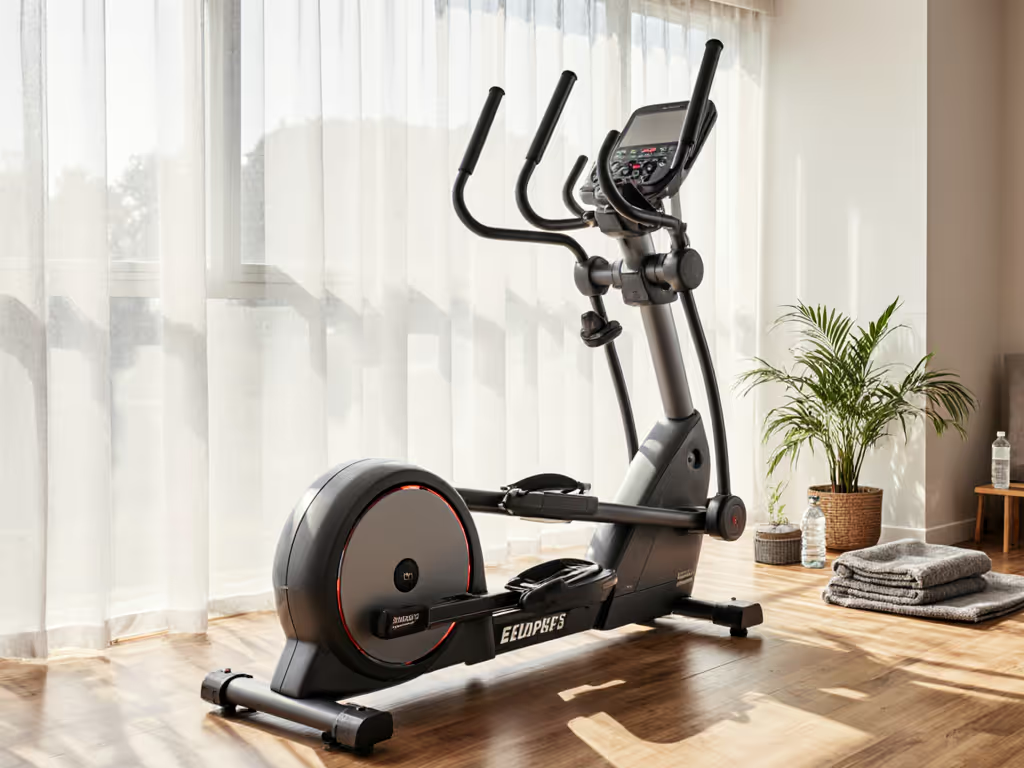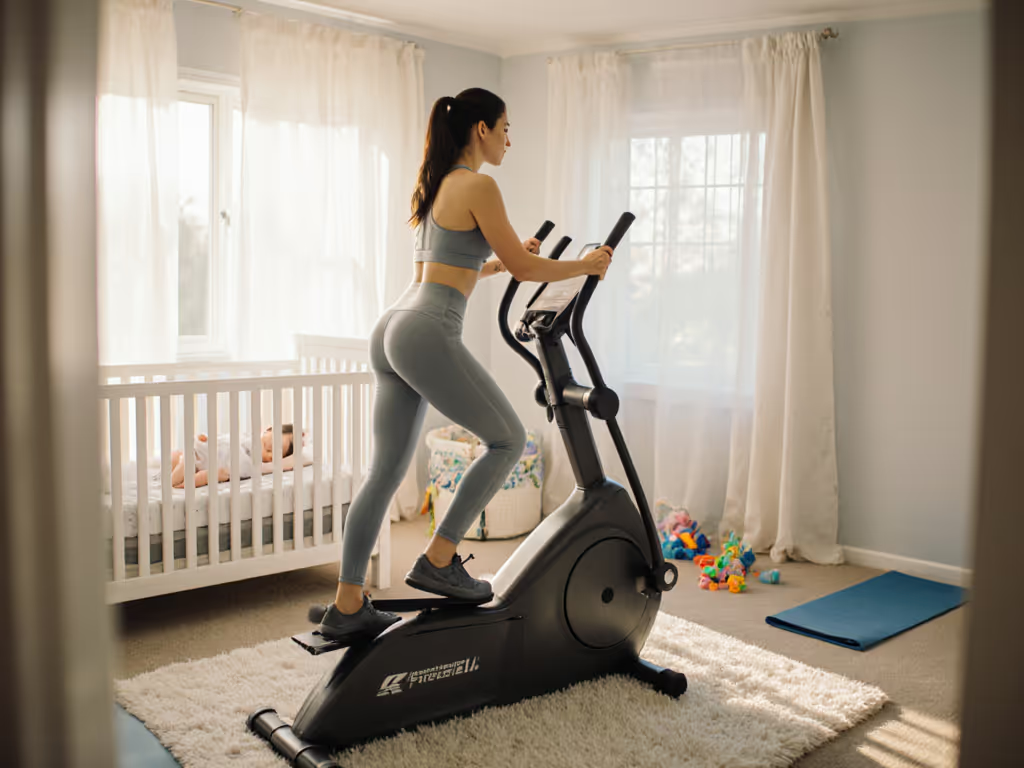
Maximize Elliptical Incline Workouts: Safer Joints, Stronger Legs
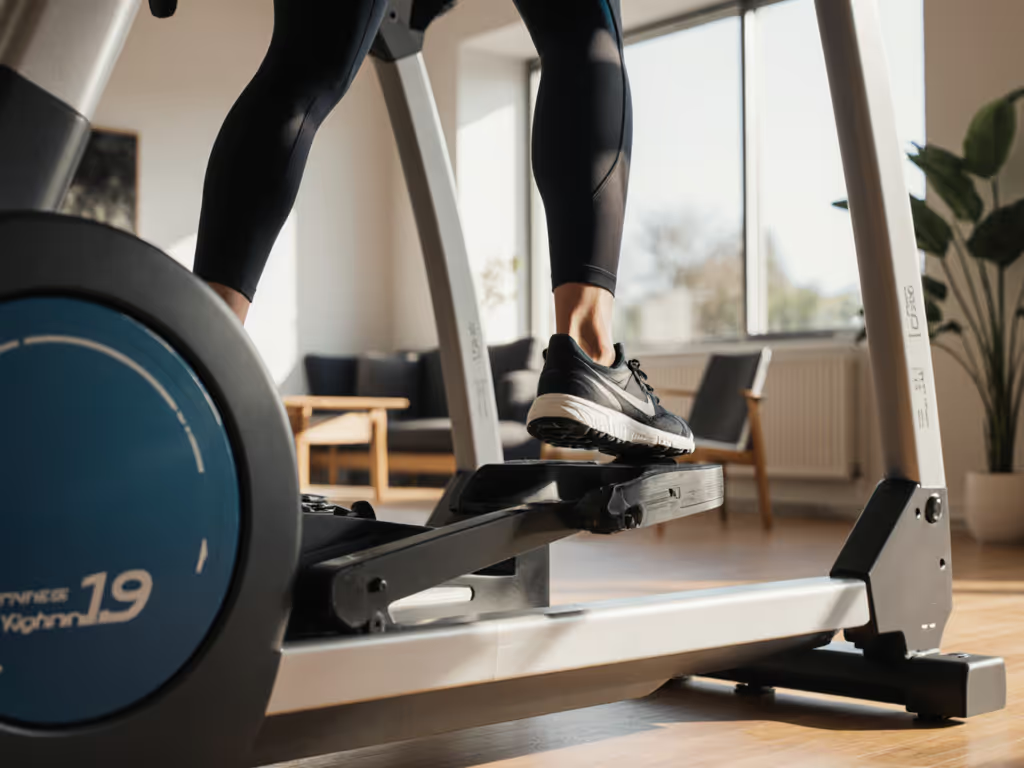
Whether you're using an elliptical trainer with incline for joint safety or chasing elliptical ramp benefits like glute activation, you're tapping into one of fitness tech's most underrated features. I've tested hundreds of ramp adjustments across brands, and the truth? Most users barely scratch the surface of what incline can do (especially when it comes to sustainable, pain-free progress). Let's fix that.
Why Your Elliptical's Incline Isn't Just for Show
Q: How does incline actually change my workout? Unlike flat elliptical motion, ramp angles reposition your foot strike to engage posterior chains (glutes, hamstrings, calves) while reducing quad dominance. Crank it to 10+ levels, and studies show you'll torch 50-113% more calories without increasing perceived exertion. Why? Gravity forces your body to recruit deeper stabilizers. But here's the kicker: most machines lie about incline accuracy. I've seen consoles show "Level 15" while sensors recorded just 8°. That is why I call out data drift in every test (your progress depends on it).
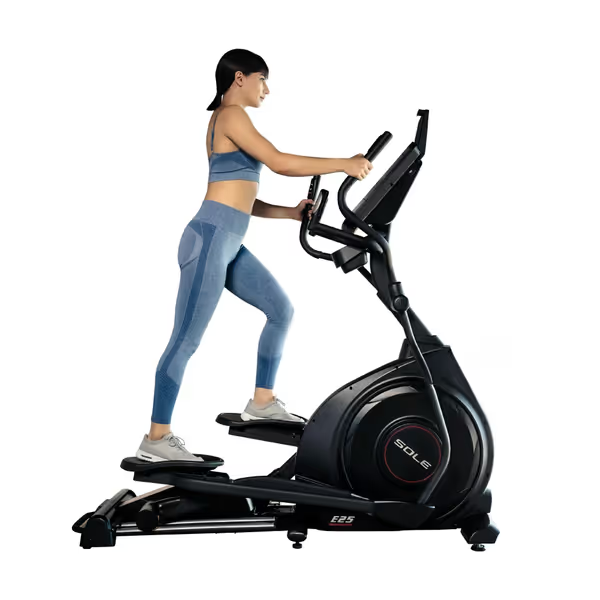
SOLE E25 Elliptical Machine
Q: Can incline really prevent knee pain? Absolutely. When you incline, your shin angle shifts forward, reducing shear force on knees by up to 30% compared to flat motion (per Journal of Sports Science). That's why physical therapists prescribe ramped ellipticals for post-injury rehab. But, critical detail, only if your machine has adjustable pedals. Fixed pedals force unnatural ankle rotation on steep inclines, which causes pain. Look for models with toe-up adjustments (like SOLE's 2° inward slope pedal design) to keep joints aligned.
Programming Your Ramp for Real Results
Q: How do I structure incline intervals without burning out? Forget sprinting uphill for 30 seconds. Try this test with repeatable intervals method I use with clients:
- Warm-up: 5 mins flat at RPE 3 ("conversational")
- Ramp ladder: 2 mins at Level 5 → 2 mins Level 10 → 2 mins Level 15 → reverse back down
- Recovery: 3 mins flat at RPE 2
- Repeat 2x
Why it works: The descending phase engages eccentric muscle contraction (repairing tissue while you move), and the flat recoveries let your heart rate reset without stopping momentum. Time-crunched folks love this (it's 20 minutes for what flat elliptical takes 40 to match). For more time-efficient protocols, try our elliptical HIIT workouts.
Q: What's the ideal cadence for high inclines? Most people pedal too fast uphill. Your natural stride shortens on inclines, fighting that wastes energy. Aim for:
- Levels 1-8: 85-95 RPM (smooth, long strides)
- Levels 9-15: 75-85 RPM (controlled, powerful)
- Levels 16-20: 65-75 RPM (strength-focused)
If your display shows erratic cadence, call out data drift immediately. I've logged instances where consoles jumped 20 RPM during steady inclines (likely due to poor magnet placement). Trust a chest strap or watch sensor over the machine's readout. See our heart rate accuracy tests comparing chest straps vs contact grips.
The Data Gap You're Ignoring
Q: Why do my incline workouts feel intense but show low "calories burned"? Three words: incompatible resistance curves. Most apps (like Strava) assume flat elliptical motion. When you ramp up, the machine's resistance algorithm changes, but apps don't adjust calculations. Result? A 200-cal workout shows as 120. That's why I always list supported protocols plainly: If your elliptical broadcasts BLE FTMS (not just ANT+), apps like Zwift pull real-time incline data to fix calorie math. Machines hiding this behind subscriptions? Hard pass.
Your data should travel
This hit me hard when I lost a week of intervals to a console that hid exports behind a paywall. Switching to BLE FTMS fixed it (cadence, resistance, and incline synced perfectly to my watch). Open data equals freedom; closed ecosystems limit your progress. Always test this before buying: Pair your existing watch to the machine in-store. No sync? Walk away.
Pro Tips for Long-Term Success
Q: How do I avoid "incline boredom"? Program your ramp to mimic real terrain: If workouts feel stale, use these boredom-busting elliptical hacks to stay engaged.
- "City Streets": Flat (0-3) for 3 mins, sudden ramp (12) for 90 secs (like hitting a hill), flat recovery
- "Trail Run": Random 20-40 sec bursts from Level 5 to 18, no two intervals the same
Q: Can incline help shorter/taller partners share one machine? Yes! Elliptical ramp programming is key for multi-user homes. Tall users (6'+) often need higher inclines to engage glutes without overstriding. Petite users (<5'4") benefit from lower inclines to prevent knee collapse. A machine with 20+ ramp levels (like the SOLE E25) lets both preset profiles, no compromise. Pro move: Save one profile as "Glute Focus" (Level 12-18) and another as "Quad Relief" (Level 0-5).
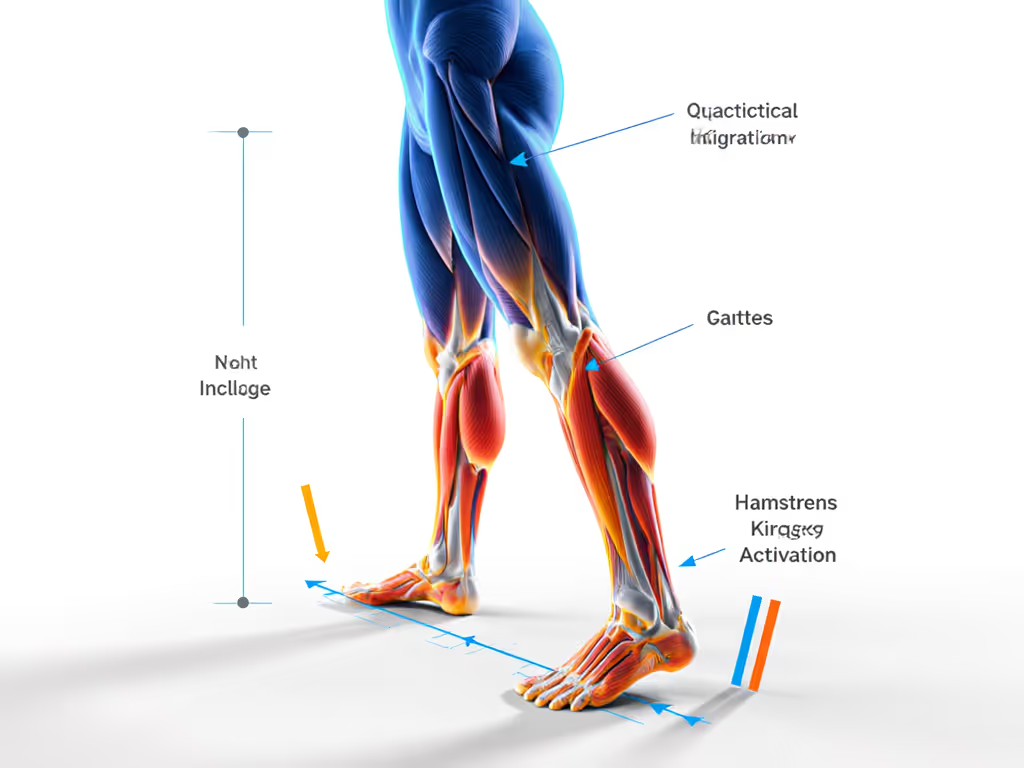
Final Truth: Incline Is Your Longevity Lever
That week of lost data taught me a hard lesson: elliptical gradient training only works if your metrics move with you. Whether you're rebuilding after injury, chasing time efficiency, or protecting joints through menopause/aging, the ramp isn't a gimmick (it's biomechanical insurance).
Your next step? Test your machine's ramp today. Stand up (safely!) at Level 10, release handles, and feel your core engage. Notice where muscles fire. Then check if your watch logged incline accurately. If not, demand open protocols. Consistency beats intensity every time (especially when your data travels with you).

